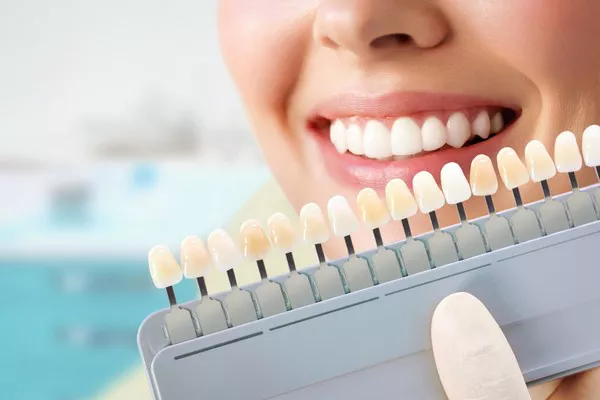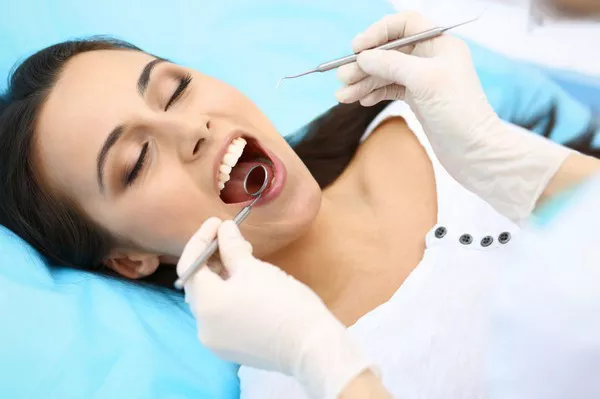If you’ve recently had a dental filling, you may be wondering how long you should wait before eating. This is a common question that many people have after getting a filling, and it’s important to follow your dentist’s instructions to ensure proper healing and avoid any complications.
In this article, we’ll discuss what a dental filling is, the types of fillings available, and why it’s important to wait before eating after getting a filling. We’ll also provide some tips on what foods to eat and avoid during the healing process.
What is a Dental Filling?
A dental filling is a procedure in which a dentist removes decayed or damaged tooth material and fills the cavity with a material to restore the tooth’s function and prevent further decay. Fillings can be made from a variety of materials, including amalgam (a mixture of metals), composite resin (a tooth-colored plastic), porcelain, or gold.
Types of Dental Fillings
There are several types of dental fillings available, each with their own advantages and disadvantages. Here are some of the most common types:
1.Amalgam Fillings:
These fillings are made from a mixture of metals, including silver, mercury, copper, and tin. They are strong and durable, but they are also visible and can cause discoloration of the tooth over time.
2.Composite Resin Fillings:
These fillings are made from a tooth-colored plastic that is bonded to the tooth. They are less visible than amalgam fillings, but they are not as strong and may need to be replaced more frequently.
3.Porcelain Fillings:
These fillings are made from a type of ceramic material that is matched to the color of the tooth. They are highly aesthetic and durable, but they are also more expensive than other types of fillings.
4.Gold Fillings:
These fillings are made from a mixture of gold, copper, and other metals. They are strong and durable, but they are also visible and may be more expensive than other types of fillings.
Why is it Important to Wait Before Eating After Getting a Filling?
After getting a filling, it’s important to wait before eating to ensure proper healing and avoid any complications. Here are some reasons why:
Numbness: After getting a filling, you may experience numbness in your mouth due to the local anesthesia used during the procedure. This numbness can make it difficult to chew or swallow without biting your tongue, cheek, or lip.
1.Sensitivity:
You may also experience sensitivity to hot, cold, or sweet foods and drinks after getting a filling. This sensitivity can be temporary or permanent, depending on the type of filling and the extent of the damage to the tooth.
2.Healing Time:
It takes time for the filling material to harden and bond to the tooth surface. Eating too soon after getting a filling can dislodge the material and delay the healing process.
3.Risk of Infection:
If you eat before the anesthesia wears off completely, you may accidentally bite your tongue, cheek, or lip, which can lead to infection and delay the healing process.
How Long Should You Wait to Eat After Getting a Filling?
The amount of time you should wait before eating after getting a filling depends on the type of filling and the extent of the damage to the tooth. Here are some general guidelines:
1.Amalgam Fillings:
You should wait at least 24 hours before eating solid foods. During this time, you can eat soft foods such as soup, yogurt, or applesauce. You should also avoid chewing gum and hard candy for at least 24 hours.
2.Composite Resin Fillings:
You can eat immediately after getting a composite resin filling, but you should avoid hard or sticky foods for at least 24 hours.
3.Porcelain Fillings:
You can eat immediately after getting a porcelain filling, but you should avoid hard or sticky foods for at least 24 hours.
4.Gold Fillings:
You can eat immediately after getting a gold filling, but you should avoid hard or sticky foods for at least 24 hours.
What Foods to Eat and Avoid After Getting a Filling?
After getting a filling, it’s important to choose the right foods to promote healing and avoid any complications. Here are some tips:
1.Soft Foods:
During the first 24 hours after getting a filling, stick to soft foods that don’t require a lot of chewing, such as soup, yogurt, or applesauce.
2.Room Temperature Foods:
Avoid hot or cold foods and drinks, as they can cause sensitivity and discomfort.
3.Non-Acidic Foods:
Avoid acidic foods and drinks, such as citrus fruits and juices, as they can irritate the tooth and cause sensitivity.
4.Gentle Chewing:
When you’re ready to start eating solid foods again, choose foods that are easy to chew
Related Topics:





























